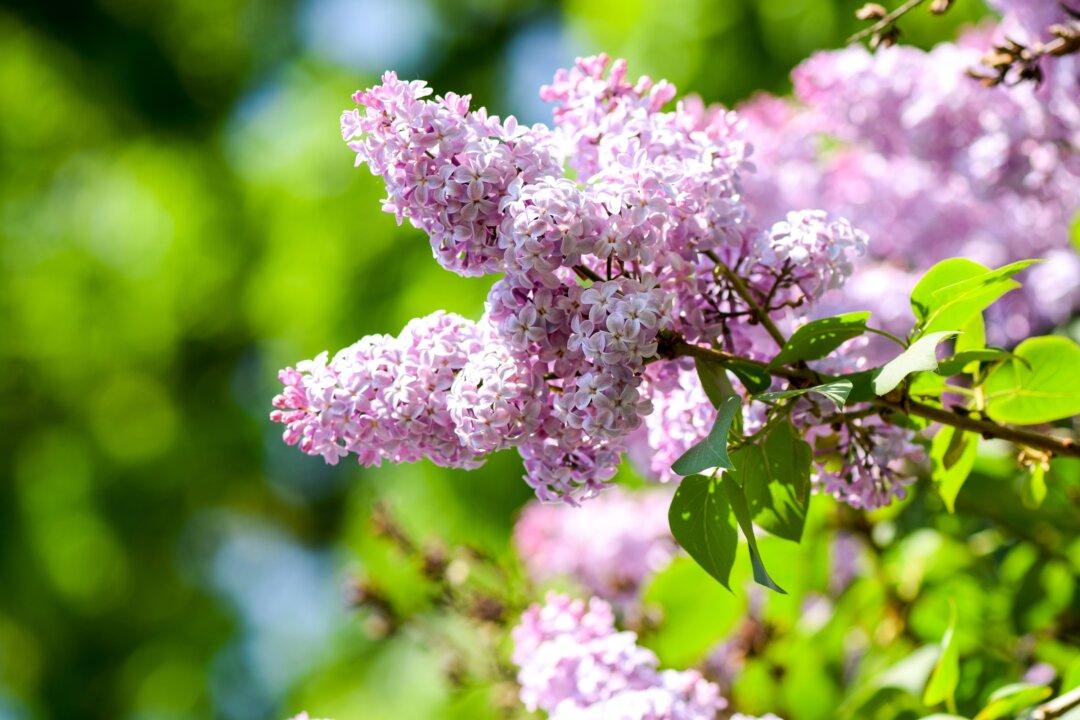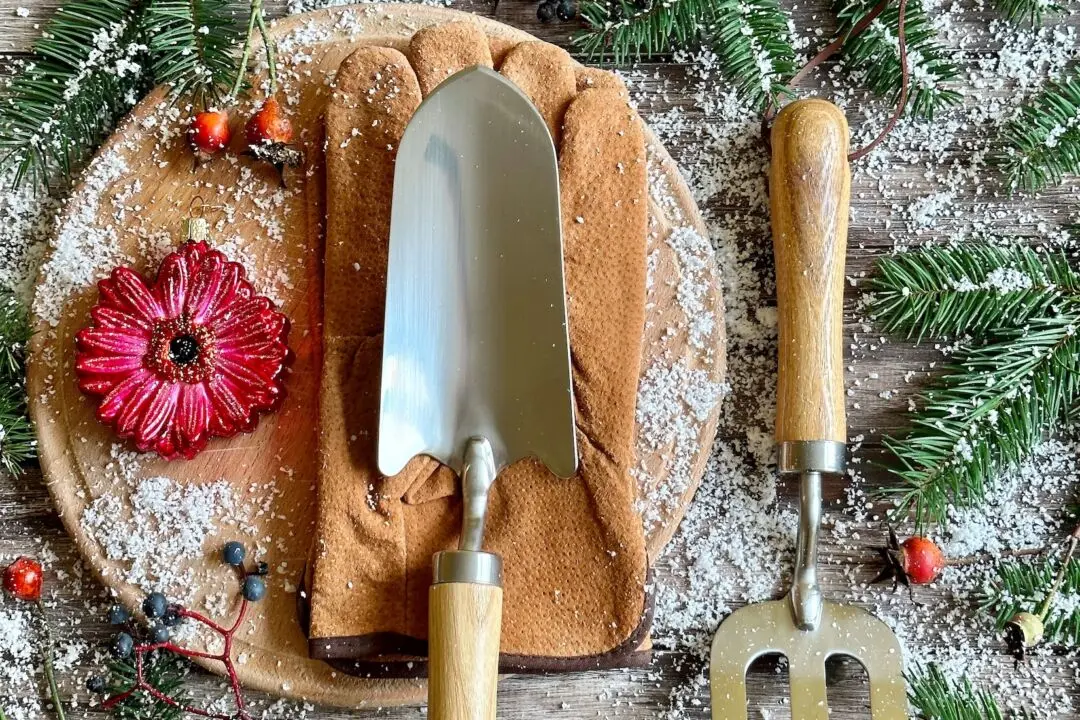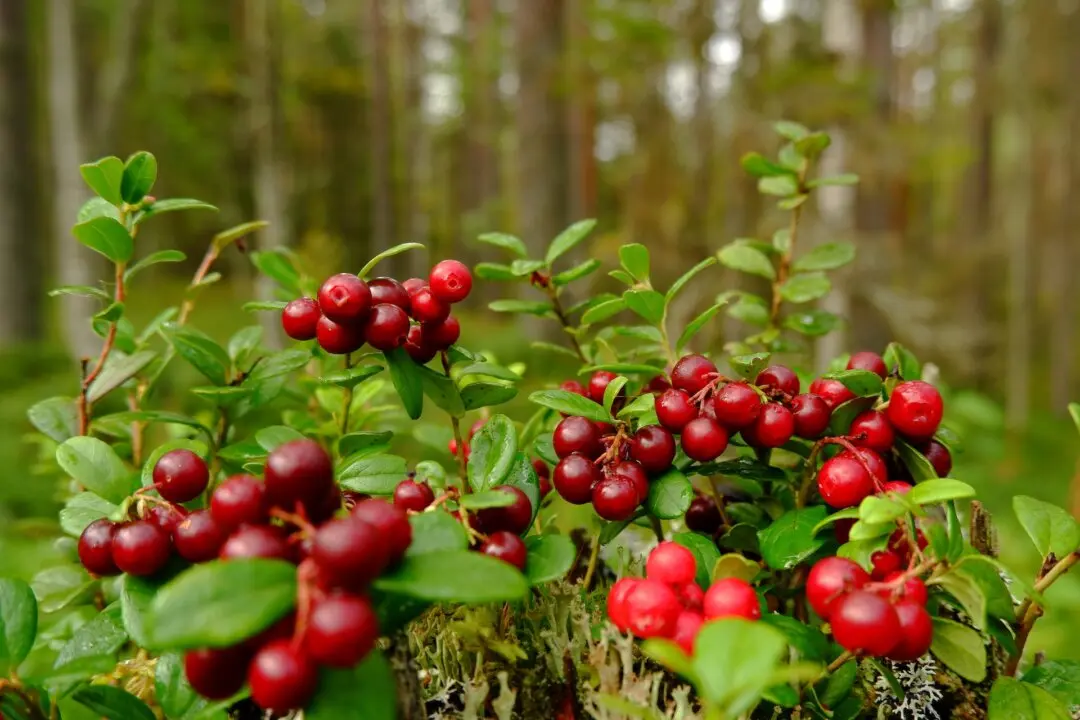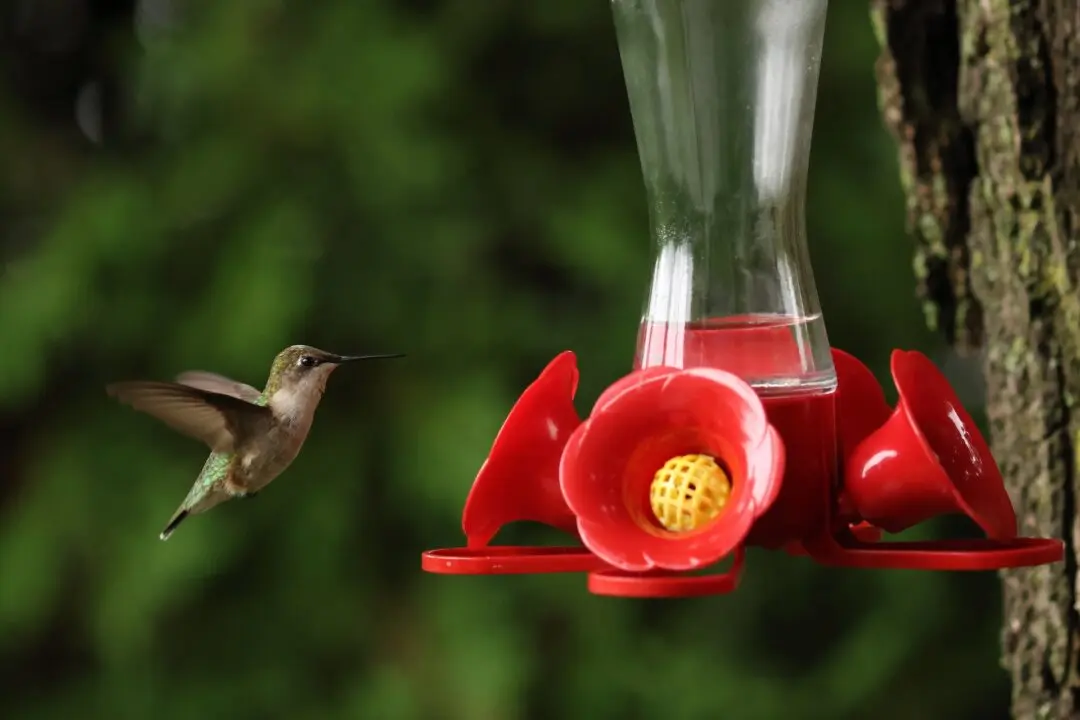Q: How and when do I trim my butterfly bush?
A: There are several species of plants commonly called butterfly bush. The most common ones are in the Buddleia genus. The most common one is Buddleia davidii, and it is also sometimes called summer lilac.





